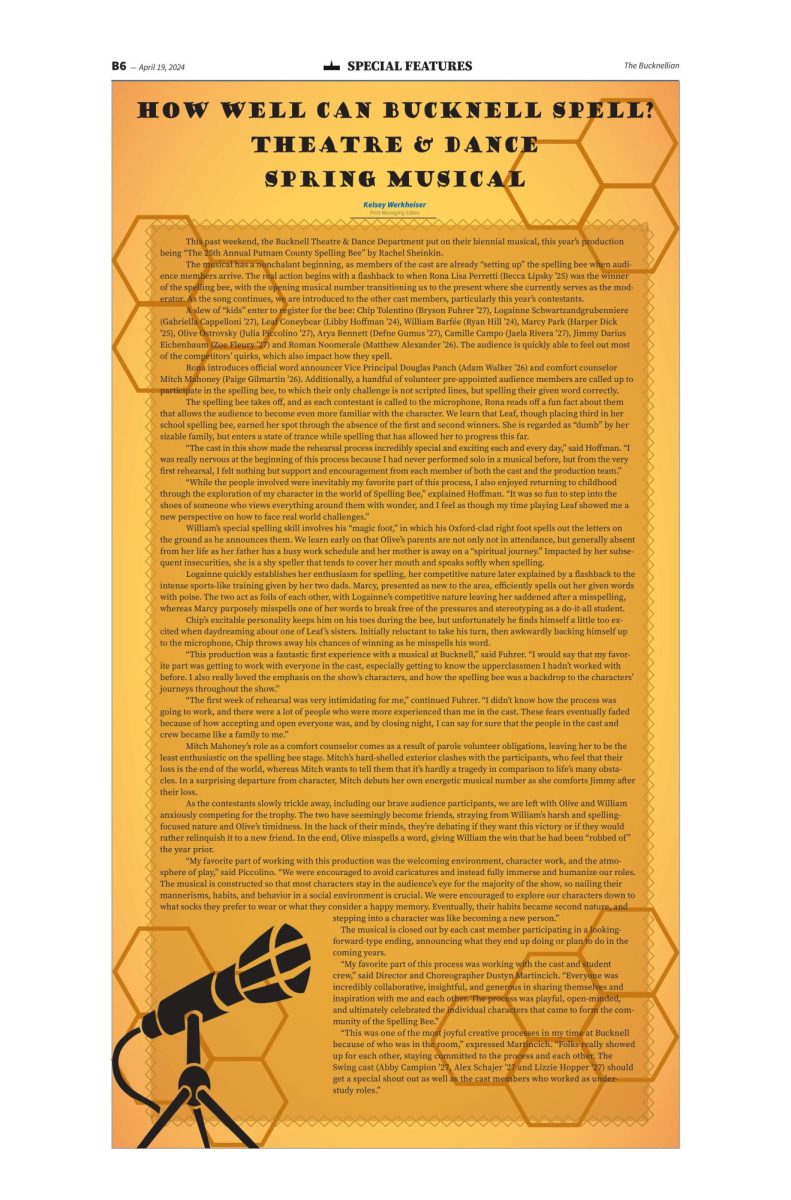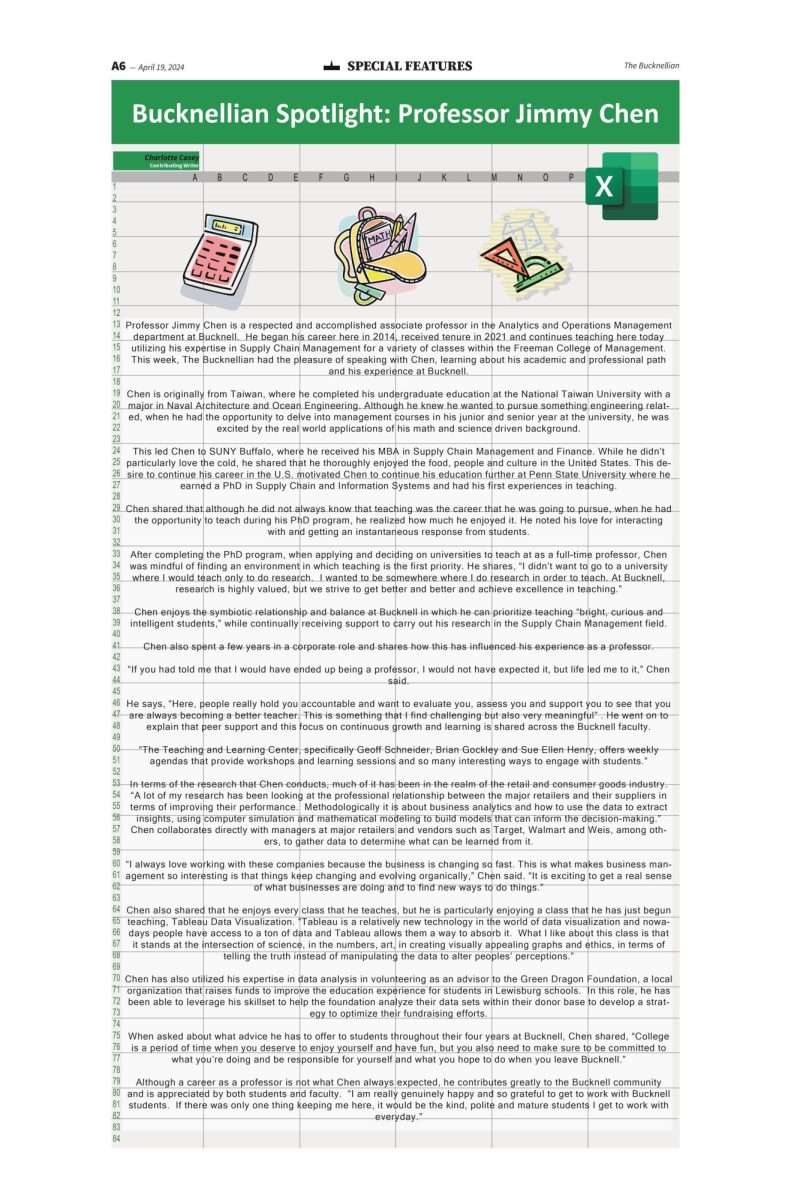BIPP: Trump’s attacks on the Fed can’t stop interest rates rising
November 1, 2018
Since the establishment of the Federal Reserve System (the Fed) in 1913, very few times have presidents openly criticized or tried to influence the Fed — that is, until now. This lack of influence stems from the role of the Fed, which acts as the independent central banking system for the United States and promotes the safety, flexibility, and stability of the American monetary system.
Over the course of President Donald Trump’s time in office, he has often voiced his concerns about the Fed. “The Fed is going wild. I mean, I don’t know what their problem is that they are raising interest rates and it’s ridiculous,” Trump said on Oct. 10. His attacks and worries about the Fed have stemmed from the current volatile markets and the increase of the federal funds rate. Yet, Trump’s attacks on the Fed lead to a question of whether his concerns are valid. Is Trump genuinely worried about the current and future state of the economy, or is he using the Fed as a scapegoat for poorer economic conditions?
Since December 2015, the Fed has raised the federal funds rate (the rate banks use to lend each other short-term money) from a low of 0.25 percent to the current level of 2.25 percent. While this may not seem like much, the manipulation of this rate affects the entirety of the American economic system. In order for the Fed to raise the federal fund rates, they must go through contractionary policy, which calls for decreasing the money supply to increase the interest rate. This increased rate carries into almost every aspect of everyday life, from auto loans and credit card rates to adjustable rate mortgages. Trump may be concerned that by increasing the federal funds rate, the Fed is limiting the growth of the economy. The CEO of Euro Pacific Capital Inc. Peter Schiff seems to agree with Trump that with an increase in the federal funds rate, we are likely to experience a stock market crash.
The current volatility of our markets, however, cannot be overlooked. Both the Dow Jones Industrial Average and S&P 500 are struggling to follow their double-digit gains from last year, and investors are beginning to become skeptical of the market after years of growth. Yet, the economy remains strong and is growing steadily. GDP for the 3rd quarter of 2018 beat expectations at 3.5 percent and unemployment is low at 3.7 percent, both signaling the strength of our economy. Given these signals, the Fed has continued increasing interest rates. Yet, throughout this whole process Trump has been in conflicts over trade agreements, most noticeably with China, which could be causing markets to be volatile. It is possible that Trump is using the Fed’s raising of the federal funds rate as a way to pass blame for the volatility in the markets and to cover up his failures in securing a trade agreement with China. By passing blame, Trump may be shielding the Republican Party from a potential lackluster midterm election.
Overall, Trump’s attacks on the Fed, whether meaningful or targeted, play no role in the Fed’s policy. The Fed was established as the independent central bank for reasons like this, to protect the economy from short-term political pressures. Perhaps it would be in the economy’s best interest for Trump to focus on his agenda as president rather than try and micromanage the Fed.


























